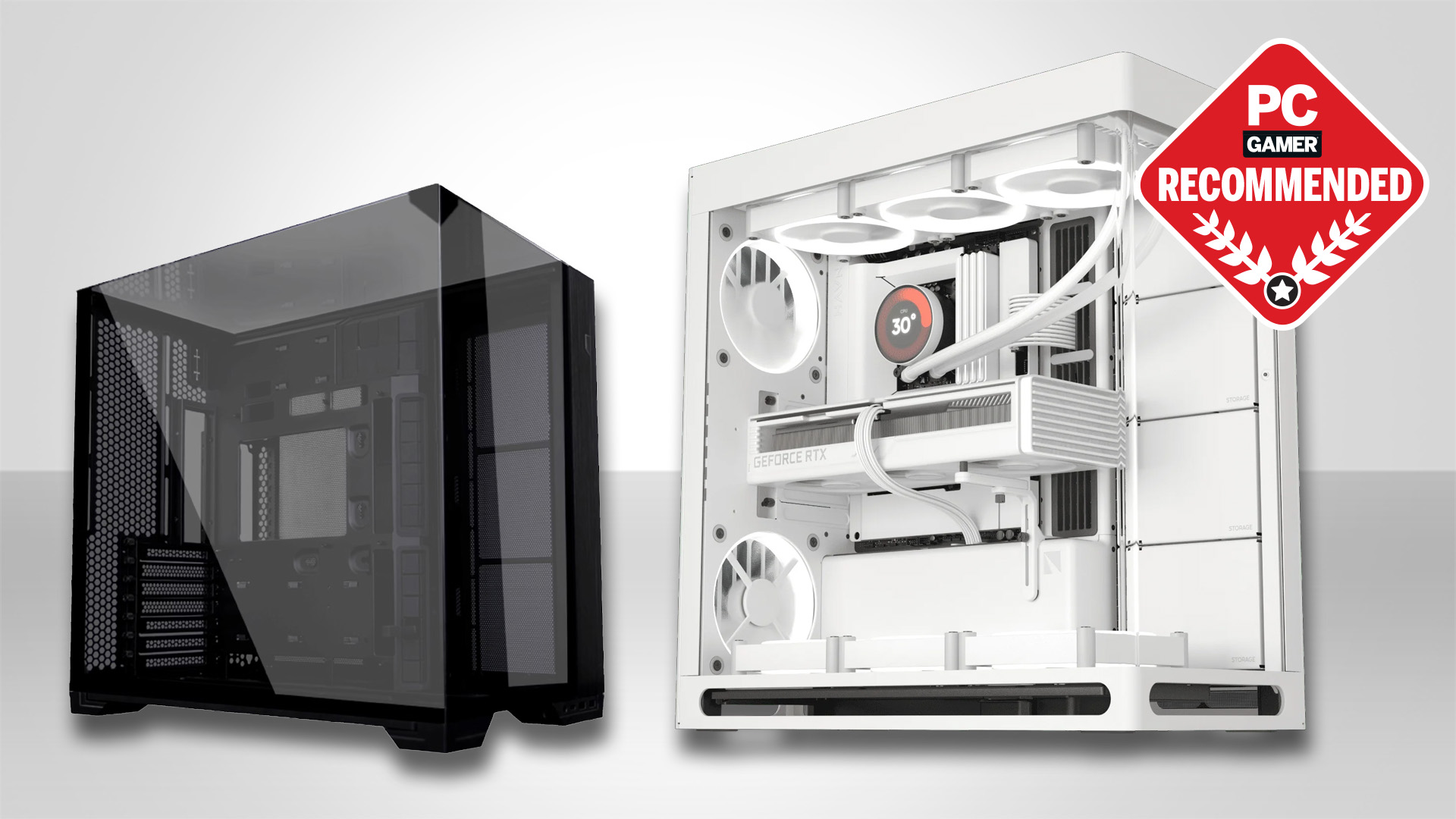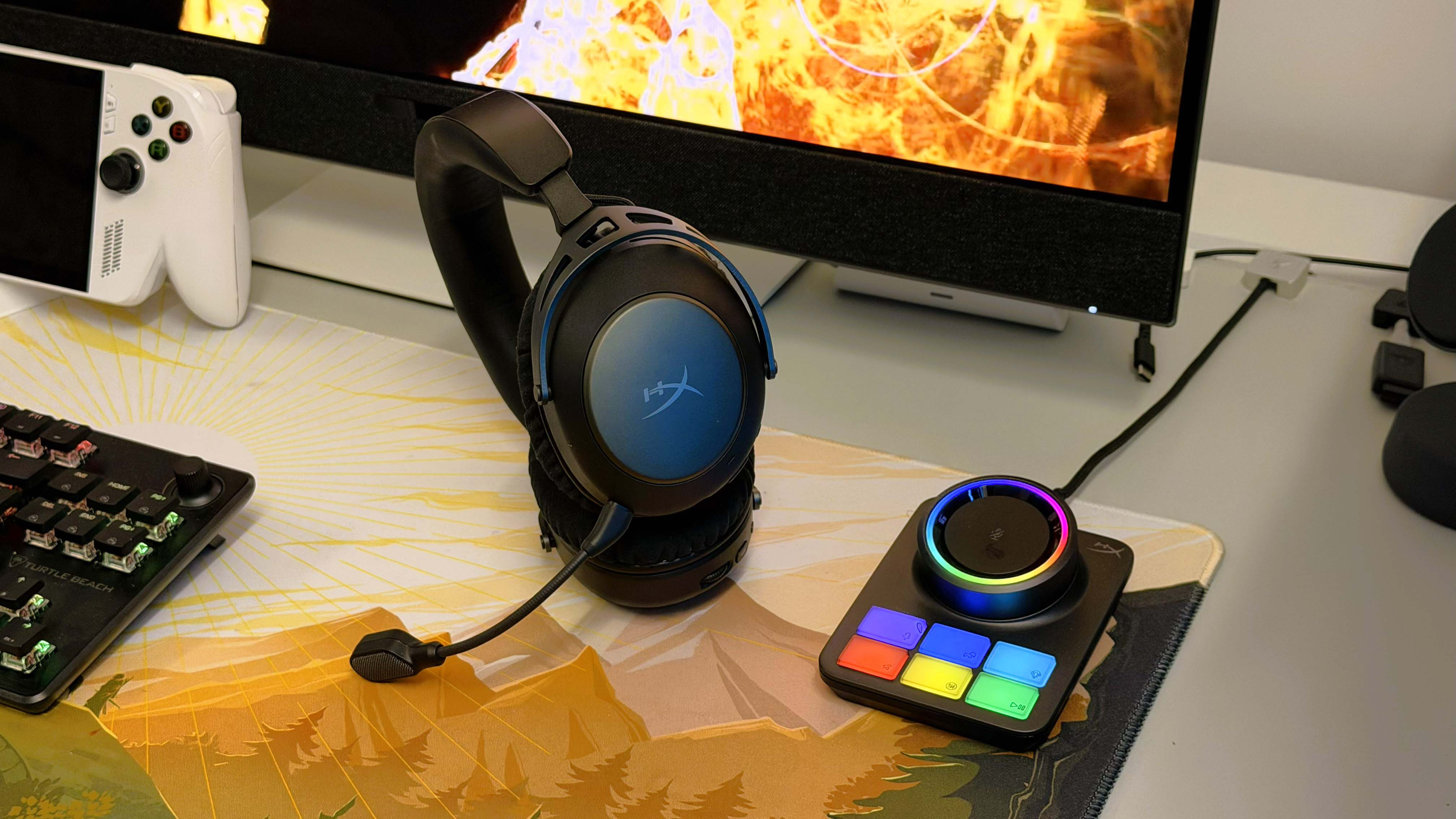The new My Hero Academia game will finally let you live out the fantasy of playing through the anime's big moments, but I'm still waiting for the Persona-style school sim
My Hero All's Justice is definitely a step forward, but c'mon: what this series really needs is a Persona-like.
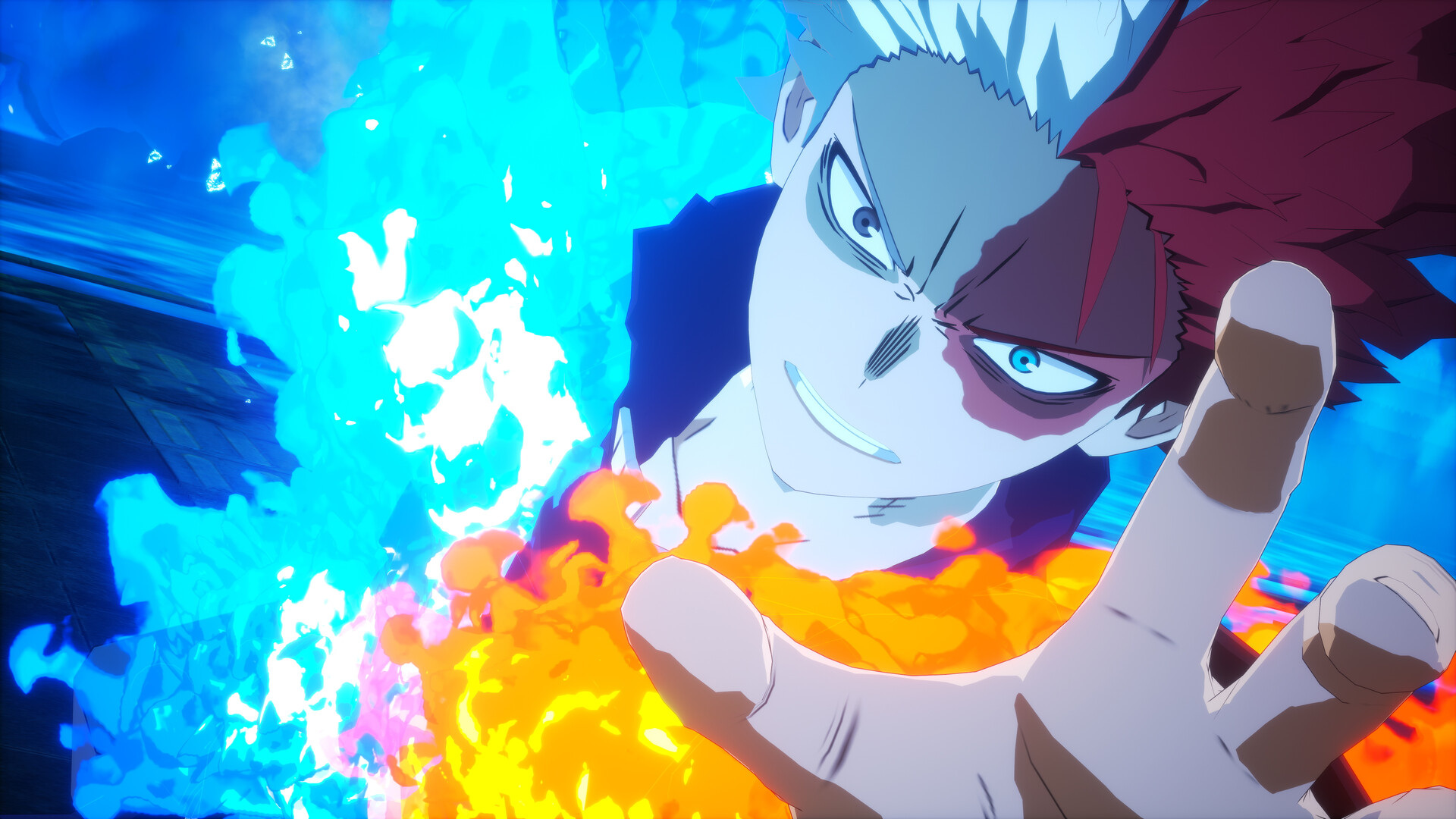
My Hero Academia, one of the most popular manga/anime series of the last decade, is about a bunch of super-powered high school kids going to class while training to be heroes. Persona, one of the most popular videogame series of the last decade, is about a bunch of high school kids with supernatural abilities going to class while solving mysteries.
I don't understand why Bandai Namco hasn't shamelessly ripped off the latter with a My Hero Academia game that'd make approximately one billion dollars, but its latest videogame adaptation is at least inching in that direction.
At last week's Tokyo Game Show I played about half an hour of My Hero Academia: All's Justice, which is out on Steam next February. It's following a pair of games (One Justice and One Justice 2) that took one of the two default paths for an anime adaptation. They aren't gacha games, which means they're arena fighters like Jump Force: 3D beat-em-ups with relatively simple fighting mechanics compared to a Street Fighter or Tekken, where there's not a lot of meat on the bones beyond the simple pleasure of playing as your favorite characters.
That can be a good time, but it doesn't get the blood bumping the way the upcoming Marvel Tōkon: Fighting Souls does with the promise of a deeply technical fighting game that's also stuffed full of comic book heroes. And the game team at Bandai Namco know that arena fighters can only take them so far.
"We've received a lot of positive feedback throughout the past games, but the comment we were hearing a lot is that players wanted to move freely and experience the world of My Hero a lot more," said producer Aoba Miyazaki. "That's why we implemented Team-up Mission."
That's the name of a new mode in All's Justice, which is effectively the game's campaign. You can now explore a large-scale 3D map as My Hero protagonist Deku, as well as a bunch of his classmates, each with their own movement mechanics. Gravity-defying Uraraka can float to the top of buildings; icy hot hearthtrob Todoroki can slide along the ground on a sheet of ice; speedster Ida can, well, run really fast.
Deku himself plays a bit like Spider-Man, using his whip power ("quirk") to swing between buildings. The world is dotted with My Hero characters to chat with and missions to take on, but rather than this being a direct retelling of the anime's story it's instead a "virtual training ground." So you're basically in the Holodeck, but hey: it's still a step forward being able to play as these heroes in a context other than a 1v1 fight.
Keep up to date with the most important stories and the best deals, as picked by the PC Gamer team.
The production value here is more Street Fighter 6 campaign than PlayStation Spider-Man, with speech bubbles that aren't always fully voiced, NPCs who just stand around, pretty flat lighting, and so on and so forth; there's no wow, I'm really in the world of My Hero Academia-level immersion here. But it's at least a step in the right direction, as is the "Archive Battle" mode you'll unlock after finishing the campaign, allowing you to play through the series' biggest fights.
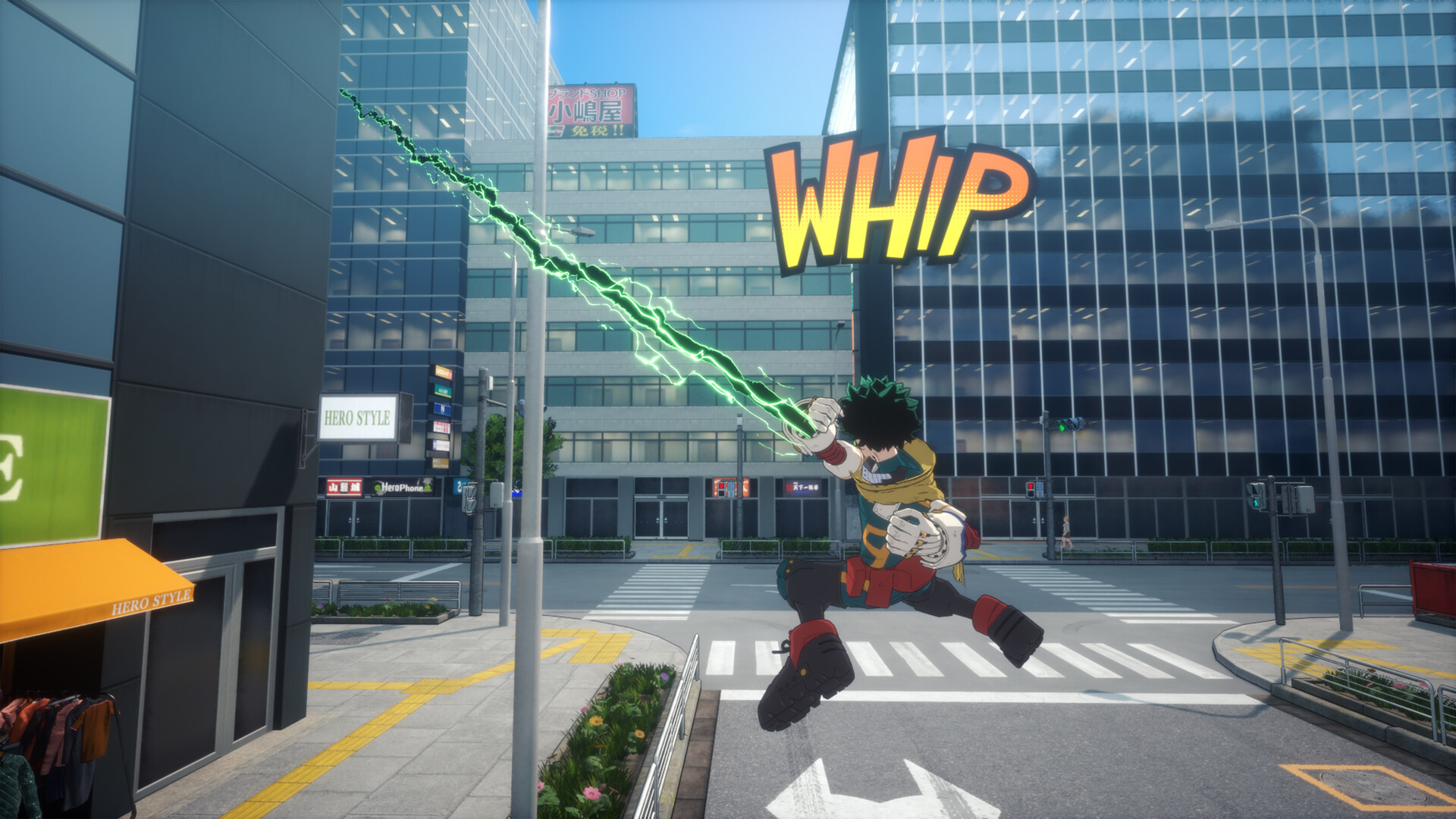
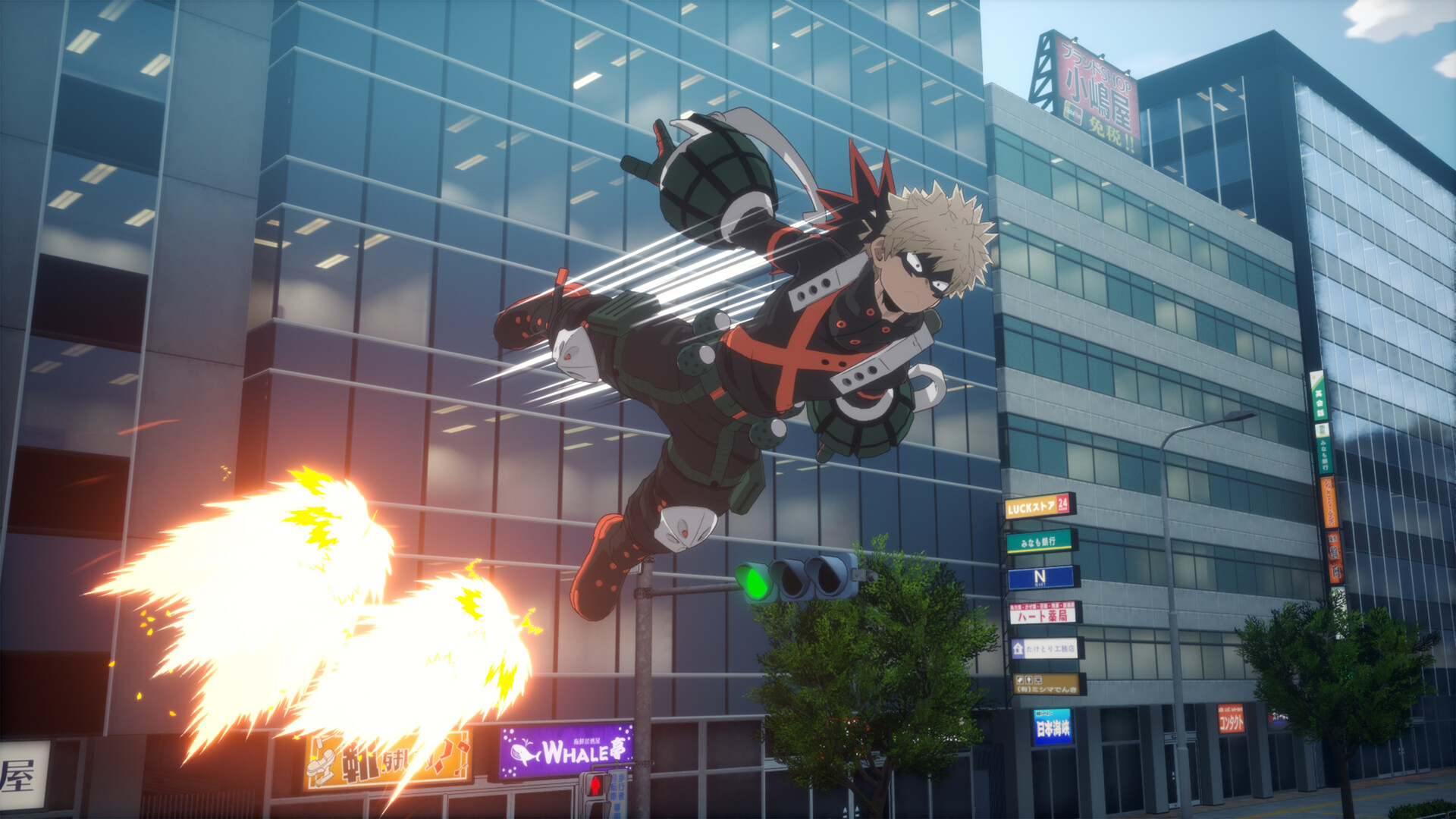
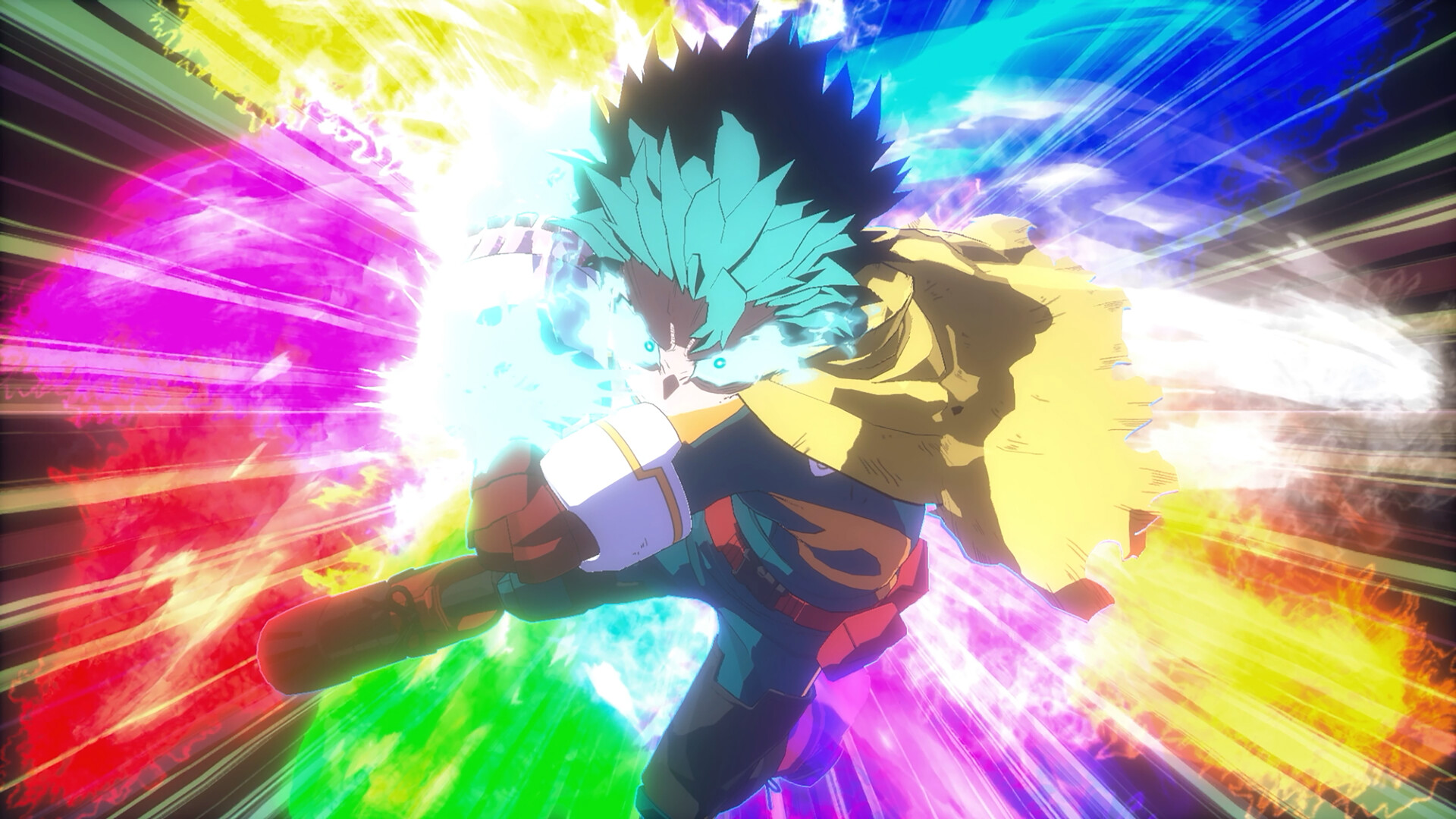
And once the fighting starts, All's Justice really is flashy. The combat is full of easy autocombos that dish out a sequence of hits from a few button presses, and you can trigger some absolutely bombastic team-up attacks with your party members when you enter the powered-up "Rising" state.
Miyazaki explained that while the past One Justice games let you have a couple assist heroes in battle, you could never control them permanently, while All's Justice is a proper 3v3 fighter. You can swap characters at any time, and your team composition matters a lot more.
"When there is only one remaining character [on your team] the Rising automatically activates, and that's called Ultimate Rising: it's the most powerful," she said. "So you need to be strategic about which character you'd like to use Ultimate Rising with." There are counters to saving the strongest for last, though: Newly added hero Monoma can actually switch the character that your opponent's controlling, and the same can of course be done to you.
All's Justice looks like a big step forward from the One Justice games, but I still think Bandai Namco's missing a trick by not putting a Persona or even Midnight Suns spin on My Hero. Heck, the company's made a proper One Piece RPG adventure in the past—at 100 million manga copies sold, the audience is definitely out there.

Wes has been covering games and hardware for more than 10 years, first at tech sites like The Wirecutter and Tested before joining the PC Gamer team in 2014. Wes plays a little bit of everything, but he'll always jump at the chance to cover emulation and Japanese games.
When he's not obsessively optimizing and re-optimizing a tangle of conveyor belts in Satisfactory (it's really becoming a problem), he's probably playing a 20-year-old Final Fantasy or some opaque ASCII roguelike. With a focus on writing and editing features, he seeks out personal stories and in-depth histories from the corners of PC gaming and its niche communities. 50% pizza by volume (deep dish, to be specific).
You must confirm your public display name before commenting
Please logout and then login again, you will then be prompted to enter your display name.

